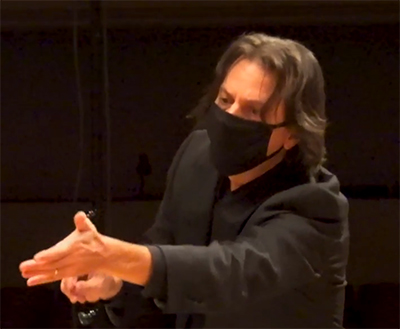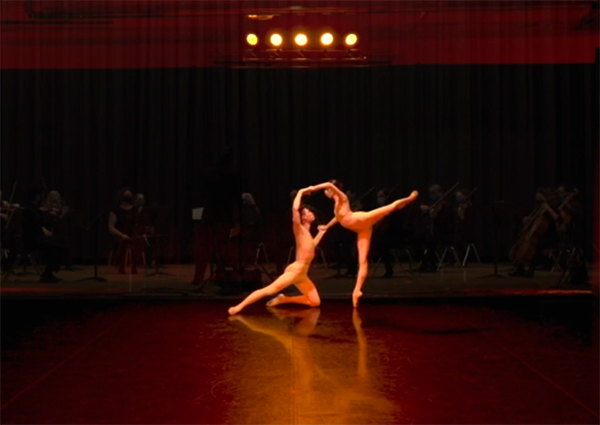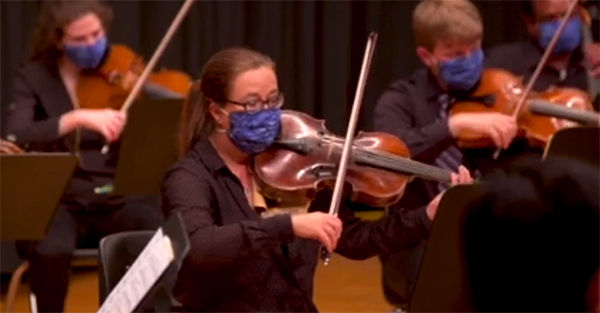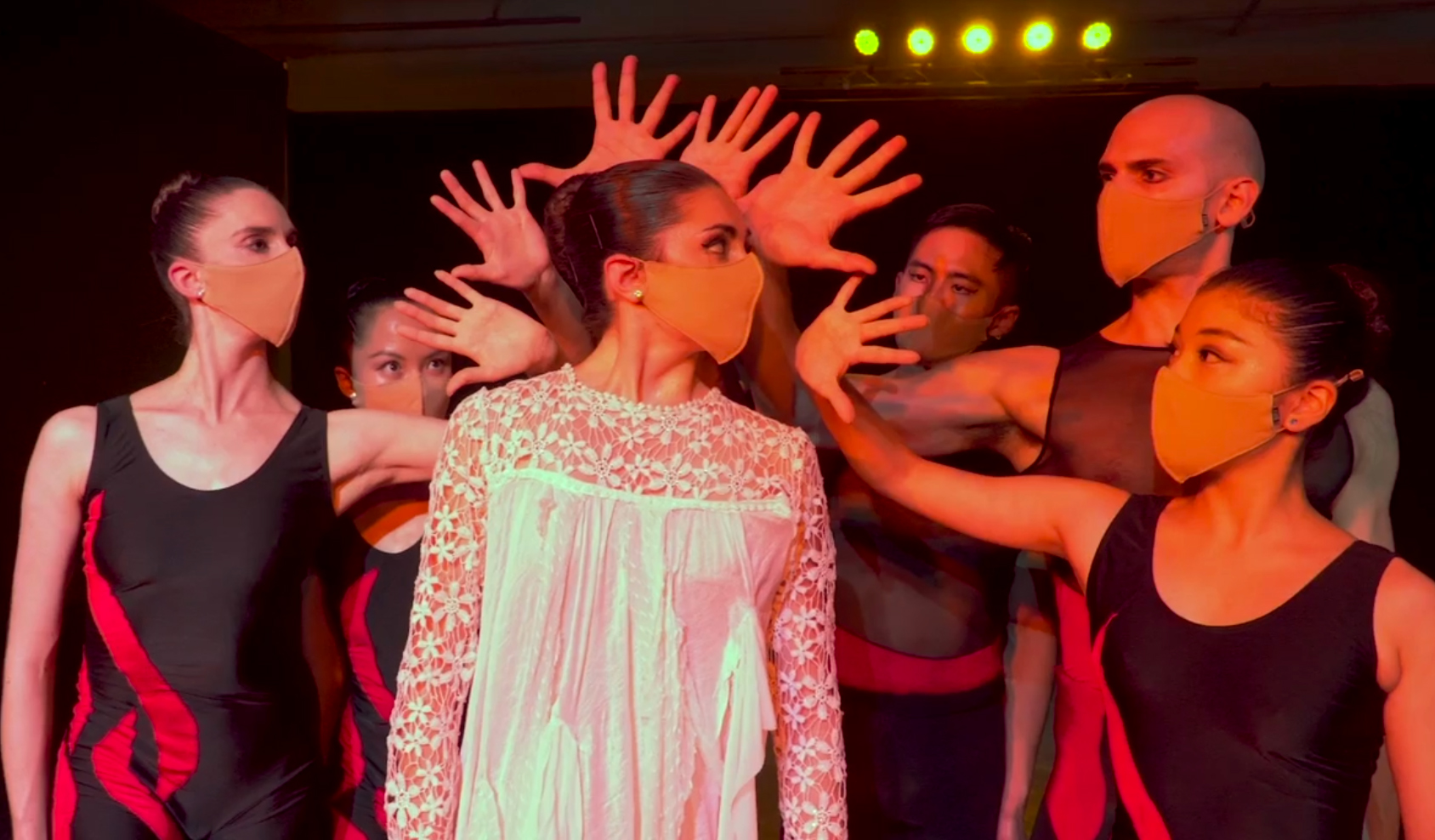by Daniel Hathaway

Not such a bad thing, as it turns out. “Building Bridges Together,” which debuted as a video production on November 21, combined the strengths of two fine Cleveland performing arts organizations in a beautifully edited virtual event — bringing them into the same performing space for the first time through digital means.




The broadcast was accompanied by an elaborate program book which attests to the seriousness with which the two organizations undertook their collaboration. It worked spectacularly on the first try, and its success suggests that future plans should be in order.
Published on ClevelandClassical.com November 24, 2020
Click here for a printable copy of this article



